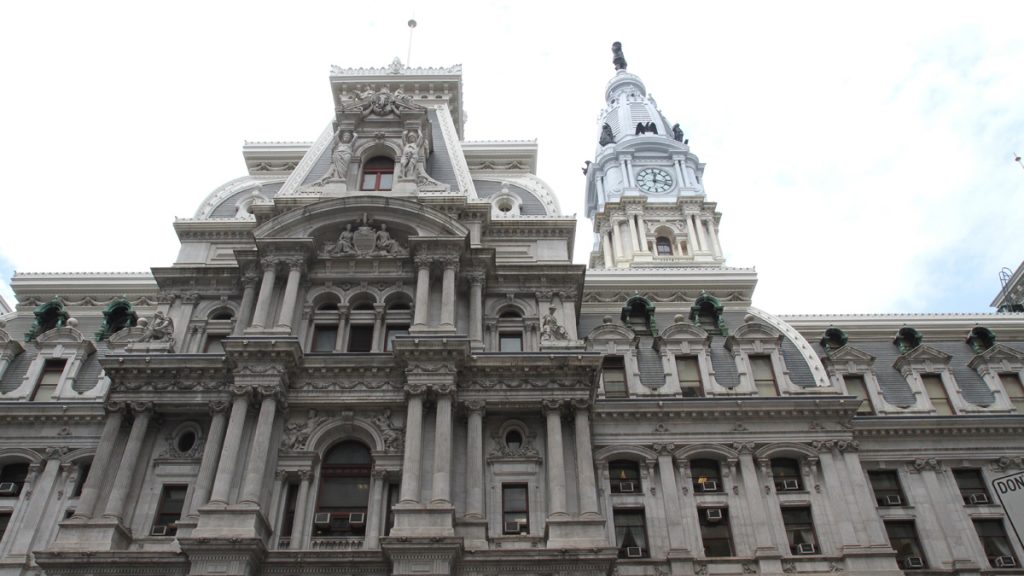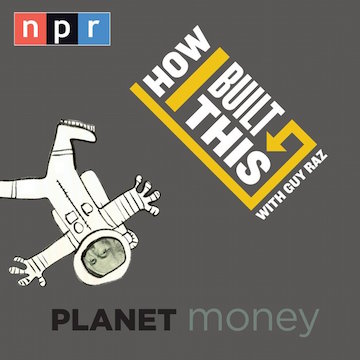City selects first 21 nonprofit ‘project users’ to put the ‘build’ in Rebuild

A lot of the consternation surrounding Mayor Jim Kenney’s mega-project Rebuild has focused on the desired delivery structure for the project.
From the start, it’s been the administration’s preference to utilize an inventive and lesser known way of doing capital improvement that utilizes nonprofit “project users” to oversee the day-to-day management of construction sites, in lieu of the city’s sometimes slow and unwieldy procurement arm. During various stages of Rebuild planning, detractors of this method questioned whether the qualifications for nonprofits to participate as project users (including a capacity to manage grants of more than $1 million) would allow for only the largest nonprofits with a citywide presence, such as the Fairmount Park Conservancy (FPC), to become eligible. In turn, critics warned, the project user structure could undermine the spirit of inclusion, equity, and “all neighborhoods matter” at the heart of Rebuild’s mission.
On Wednesday, the first cohort of 21 project users was announced and it includes a diverse mix of nonprofits, not just organizations with a citywide footprint. There are several household names on the list (including FPC and the Pennsylvania Horticultural Society) but roughly half are lesser-known community development corporations (CDCs) or other groups with a hyperlocal presence in their given neighborhoods. Multiple nonprofits run by minority executives are in the first cohort, which also boasts considerable geographic diversity, having at least one project user based in most sections of the city. (There are no CDCs from South Philadelphia or the Northeast are on the inaugural list.)
“This is a pretty amazing chance for the city to reinvest in our public spaces,” says Casey O’Donnell, president and CEO of Impact Services, based in Kensington, one of first group of 21 qualified project users to qualify. “The opportunity is one for Philly.”
The project user structure is key to Rebuild in a variety of ways. It’s central to how the administration intends to enforce its diversity goals on job sites. Also, given the large number of projects (Rebuild is estimated to reach at least 150 sites) projected to come online in a relatively short amount of time (seven years), the project users give the city some auxiliary help to deliver the project, without overburdening its own departments, not to mention the expertise in community engagement and fundraising that nonprofits can offer Rebuild. Also, by creating an end-around to the normal city procurement process, the thinking went, Rebuild wouldn’t be hampered by strict rules forcing the city to award contracts to the “lowest responsible bidder” (soon to be changed to “best value” bidder, following the passage of a ballot resolution in May). That flexibility could be leveraged by project users — who will manage the contracts on given Rebuild sites — to award construction contracts to responsible businesses that would employ a diverse workforce, whether or not they are able to submit the lowest bid.
While project users will play a key role in determining whether Rebuild can help untie the Gordian Knot preventing Philly construction sites from looking more like the makeup of Philly at large (traditionally, they overwhelmingly do not), the announcement of the first cohort should only be viewed as one step in that process.
There’s been some confusion about this sentiment of late. During the first meeting of the Rebuild Oversight Board in November, a frustrated member of the public was critical of the Kenney administration for making the Request for Qualification for project users (a 90-page PDF) so extensive and onerous with its requirements that it seems, to him, intended to exclude smaller nonprofits that have historically had a harder time getting contracts through city procurement. But the RFQ stage was never intended to be the the primary route for smaller nonprofits, businesses, and minority-owned contractors to get involved, according to the administration’s Rebuild team.
“Just because an organization is not managing the construction project as a Project User, it doesn’t mean they can’t be part of the team that’s implementing a Rebuild project,” says David Gould, deputy director of communications and community engagement for Rebuild. “And, in fact, we have expectations that Project Users will partner with community groups and organizations to carry out things like community engagement at Rebuild sites.”
In other words, it will be up to project users to hit those diversity goals — Rebuild aims to have 45 percent of the workforce on sites to be comprised of minority laborers (27 percent African-American, 14 percent Hispanic, 3 percent Asian) — through its hiring and monitoring of job sites. While those numbers were not necessarily expected to be reflected in the makeup of project users, the administration is happy with the diversity in the first cohort nonetheless. “We are happy that a diverse range of organizations qualified in this first round,” says Gould.
As for the robust RFQ, the administration contends it was necessary to ensure the Rebuild budget is being well spent. “Rebuild is constantly working to balance being as inclusive as possible while also making sure we work with Project Users that have the expertise to deliver construction projects while also meeting our expectations for diversity and community engagement – which means meeting the qualifications that were established in the ordinance passed by City Council in the spring,” Gould says.
Out of the 31 nonprofits to submit RFQs, two-thirds were approved as project users. The city intends to reopen the RFQ process annually or biannually, maintaining a running list of nonprofits eligible to manage Rebuild sites. The first list of Rebuild sites are expected to be announced by the end of 2017.
*UPDATE: David Gould, deputy director of community engagement, clarified the administration’s endorsement of the project user structure. The story has been changed to reflect that.
Dear reader, please help us continue providing the local public interest news that you value in 2018 by making a tax-deductible donation during our once-a-year membership drive. For each gift you make, we will pay it forward by donating a meal to someone in need through Philabundance.
WHYY is your source for fact-based, in-depth journalism and information. As a nonprofit organization, we rely on financial support from readers like you. Please give today.



